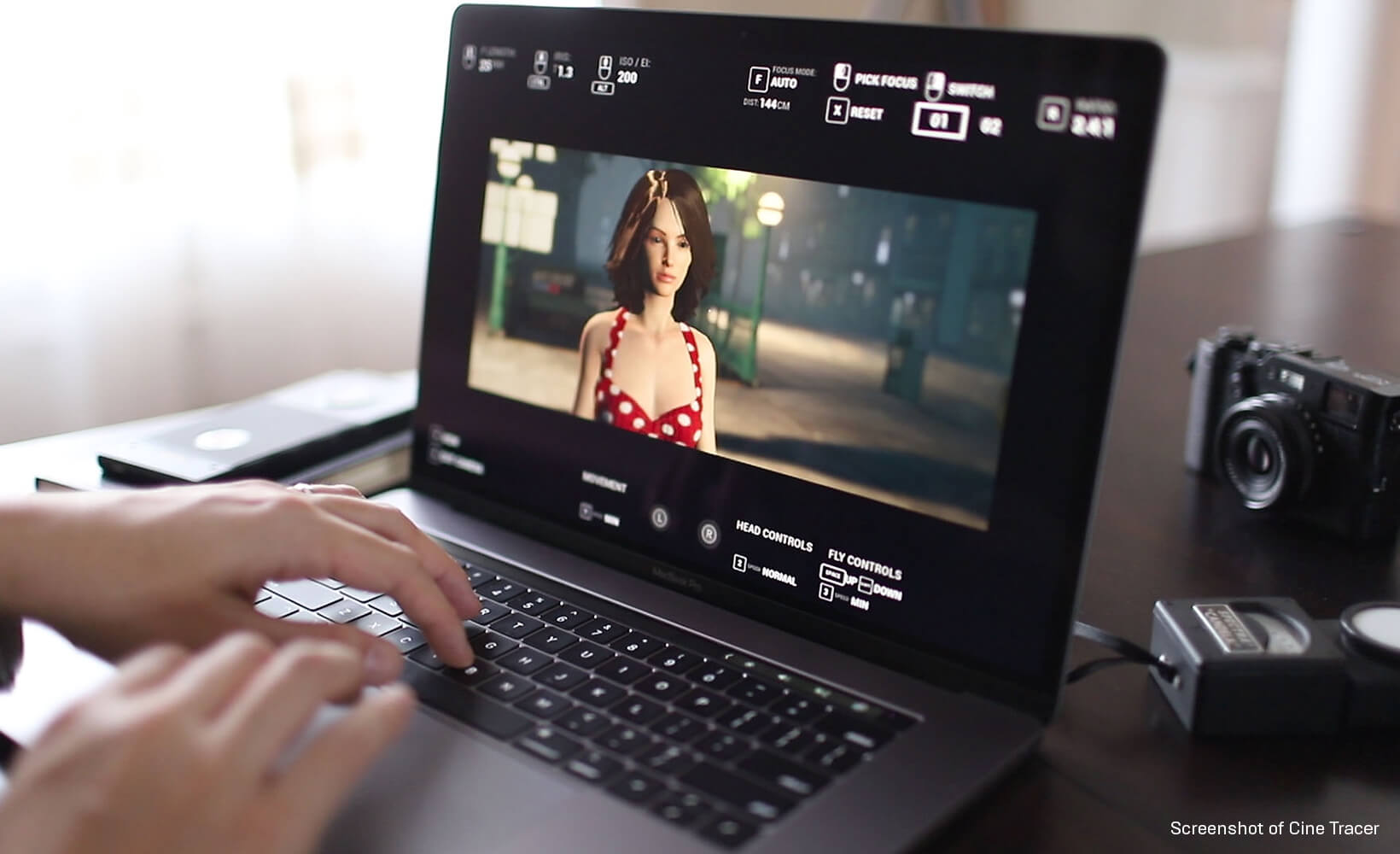

No change to the 'Device' specified in the Device and Features section. Note that that this menu only applies to render nodes. This menu allows you to select the render device used on any render nodes. Note that OSL is not supported on any GPU processor, so if you want to use OSL, you must select the CPU option from the Device menu. If you want to use shaders written in the Open Shading Language, you need to turn on this switch. If you want to try those features, you can select 'Experimental' from the drop-down menu, otherwise leave it at 'Supported'. The Cycles engine has a main set of features which are always available, and additional features which are not yet complete or stable enough to be fully supported. Note: when rendering with OptiX for the first time there may be a short delay while the kernels are loaded and compiled. This works in the same way as when CUDA is the selected device. The device section will then look like this:
HOW TO VIEW CAMERA SETTINGS IN CINE TRACER DRIVER
You will need an nVidia card plus an up-to-date driver to see this option, otherwise it will not be present. Cycles 4D now has support for nVidia RTX and OptiX ray-tracing. If you deselect both Cycles 4D will default to the CPU instead.Ī third option may also be present in the 'Device' menu. You can choose which one(s) to use for rendering. If you have more than one card in your machine, this will contain all the available cards. Clicking this will open a small subsection like this: If you select CUDA a small arrow appears next to the word 'Device'. If this happens Cycles 4D will fall back to the CPU so that at least something is rendered.

This is not very likely with CUDA unless it is a very old GPU but it happens more frequently with OpenCL. In some cases a device may be present in the menu but when you come to use it, it doesn't actually work. You can choose between the CPU or a GPU from the drop-down menu. It is divided into a number of sections, which are as follows:įrom here you can select which processor(s) Cycles 4D will use for rendering. This is the main panel of settings for Cycles 4D. You can set the 'Depth' to 16 bits per channel so the picture viewer and real-time preview match, but then the final render may not be as high a quality as it could be. This means that 32-bit colour output when rendered to the picture viewer may look slightly different to the render from the real-time preview. However, in the current version of Cycles, the real-time preview render is set to 16-bit output. This will give the highest qualty output to the picture viewer. Note: it is recommended that you turn on '32 Bit/Channel' in the 'Depth' setting in Cinema 4D's main render settings ('Save' tab). For an overview of what this means, see the page on Path Tracing in Cycles 4D.

Many of these settings affect ray sampling and ray depth.


 0 kommentar(er)
0 kommentar(er)
